- Asian media seen as 'an important force' in promoting civilization
- Baba Nyonya, a Malaysian meeting of two traditions
- Despite challenges, partnership seen as key to keeping the past alive
- Deeper understanding of other cultures seen to reduce conflict
- China looks for collaboration to conserve Asian legacy
- Malaysia seeks cooperation, exchange on shared practices
- Cross-border efforts needed to protect heritage
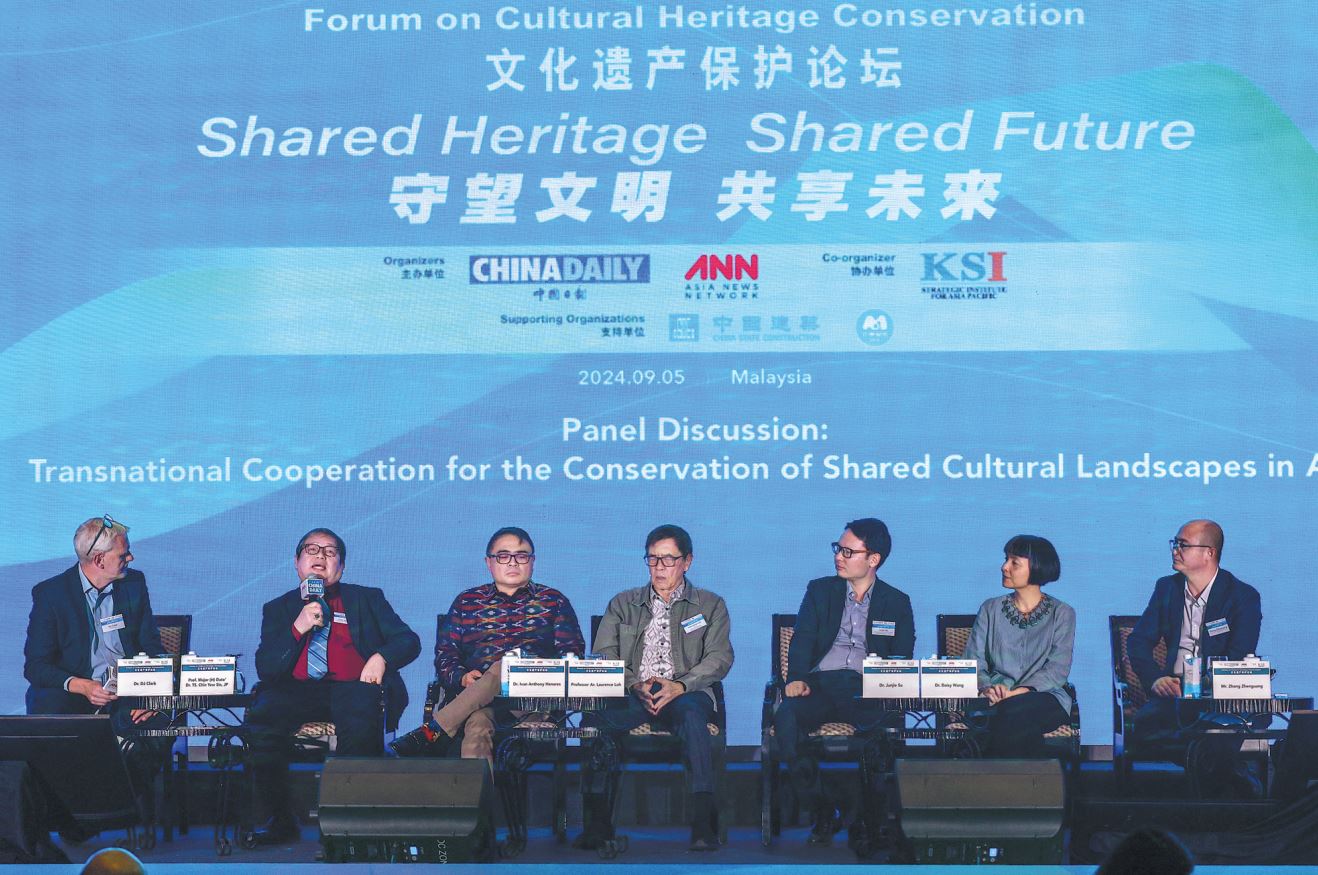
Asian culture experts called for regional cooperation to protect cultural heritage and uncover the contemporary values of ancient civilizations at a panel discussion on "Transnational Cooperation for the Conservation of Shared Cultural Landscapes in Asia", highlighting shared cultural connections across the region.
The discussions were held on the sidelines of the Forum on Cultural Heritage Conservation in Selangor, Malaysia, on Thursday.
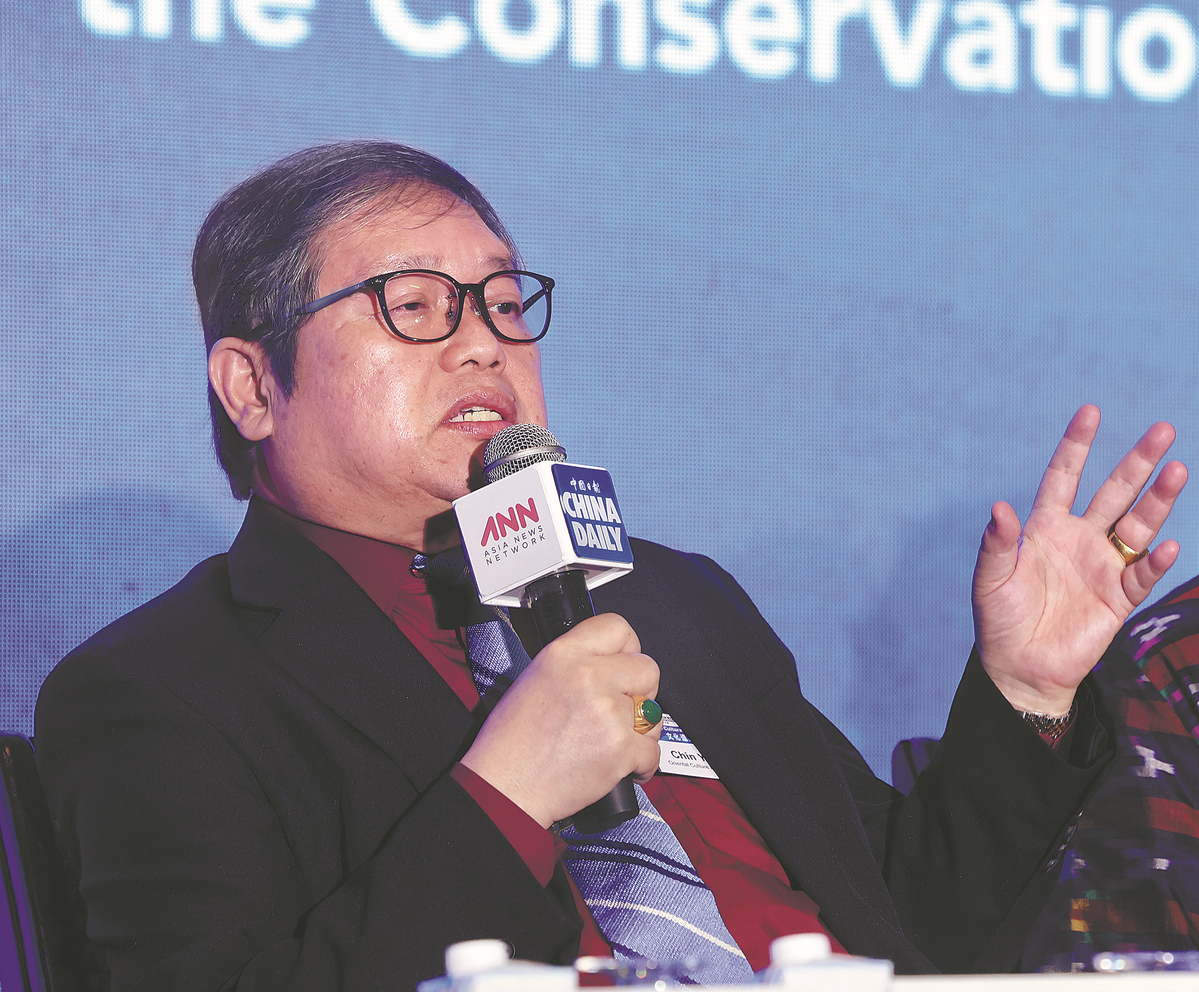
Speaking about the rich connotations of cultural heritage and its multifaceted value, Chin Yew Sin, president of the Oriental Culture Research Centre, said that "comprehending our cultural heritage can give us a sense of personal identity", while economically, a rich cultural heritage can drive development, such as through the promotion of cultural tourism.
Given the benefits and seeing cultural heritage as a shared asset of Asian nations, he said countries should work together to promote conservation. He suggested regular meetings to share experience, and called on more advanced countries to support less developed nations in the region with financial and technical aid.

Ivan Henares, chairperson of the Southeast Asian Cultural Heritage Alliance, agreed, saying there should be a "comparative analysis of heritage laws and policies in Southeast Asia". Such an initiative can help facilitate information sharing and promote best practices in the region.
He highlighted the region's untapped potential for shared cultural heritage, noting that 10 of the 11 nations in Southeast Asia have coastlines, offering an opportunity to explore their common maritime heritage.
ALSO READ: Preserving cultural heritage essential for shared future
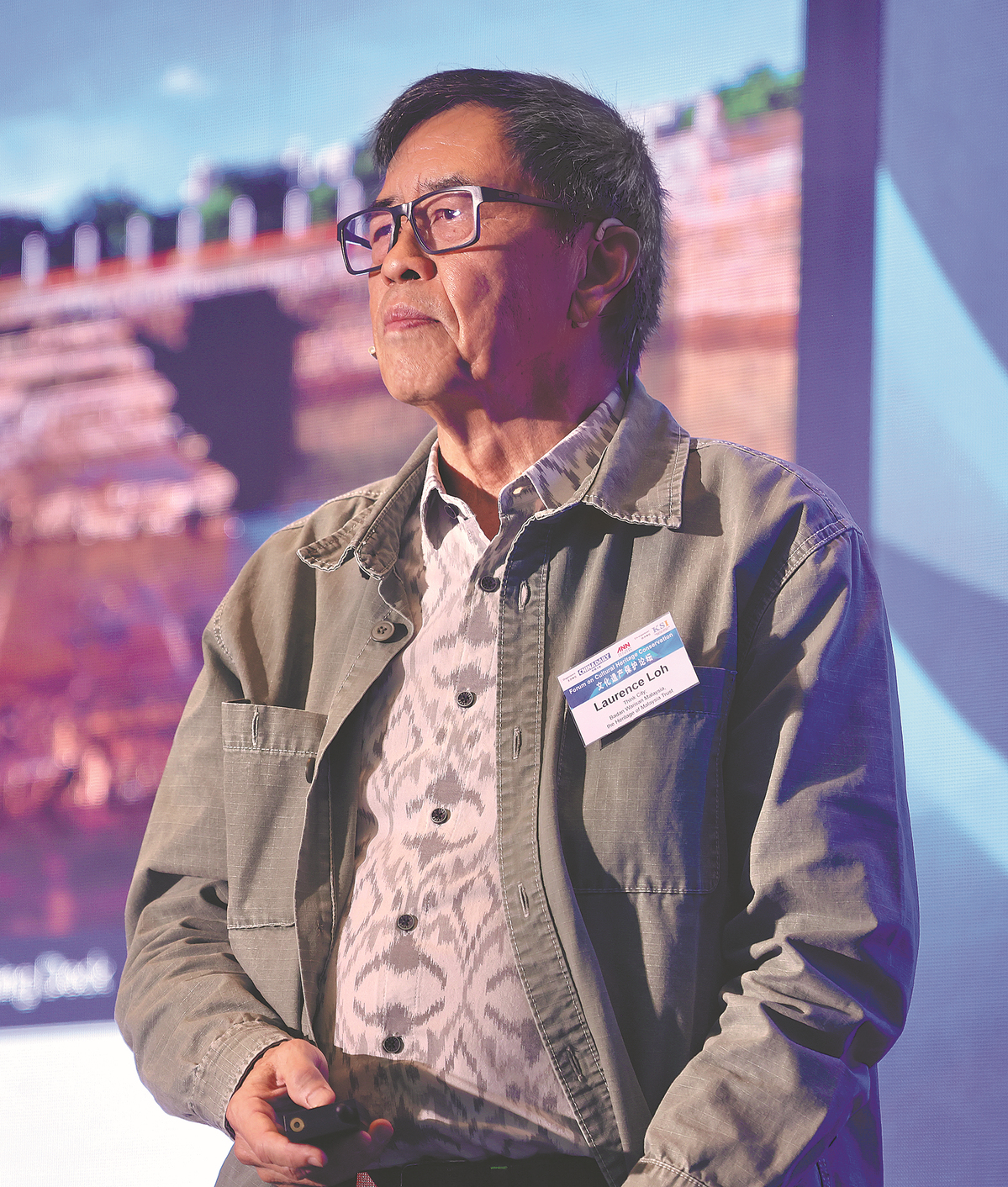
Laurence Loh, director of Think City — a Malaysia-based organization known for its urban regeneration programs — broadened the discussion of the cultural connections of the significant Chinese diaspora between the port city of Quanzhou in China's Fujian province, which was the starting point of the ancient Maritime Silk Road, and Malaysia's Melaka and George Town, Penang — two historical places along the Strait of Malacca.
Loh, also a former president of Badan Warisan Malaysia (The Heritage of Malaysia Trust), cited the restoration of the Clan Jetties in Malaysia as an example of transnational heritage protection.
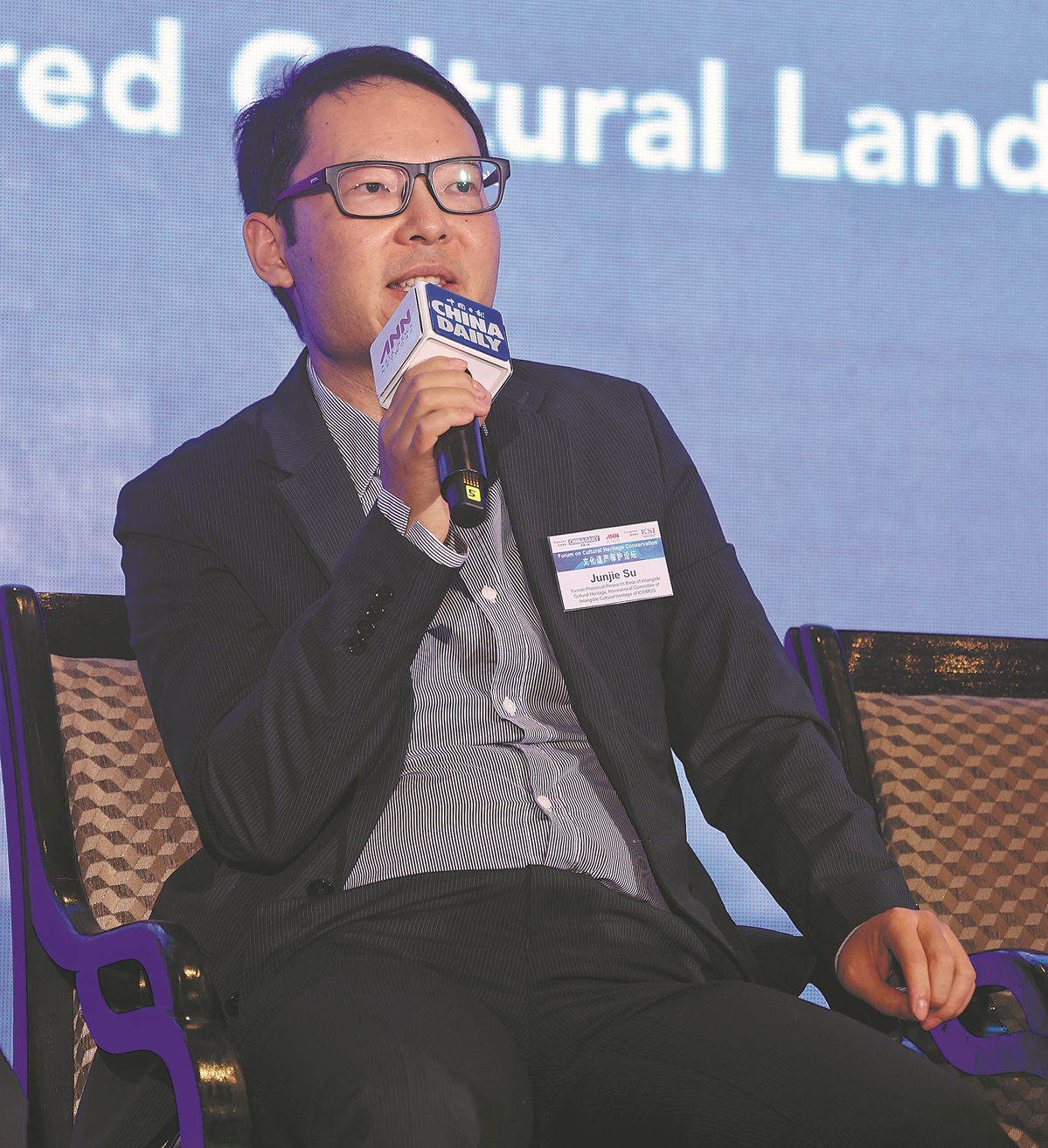
Su Junjie, director of the Yunnan Provincial Research Base of Intangible Cultural Heritage, delved into cultural landscapes within the scope of cultural heritage which, in his view, demonstrate the interaction between nature and people.
Su said the Cultural Landscape of Old Tea Forests of the Jingmai Mountain, listed as a UNESCO World Heritage Site last year, is an example of this harmonious coexistence.

Daisy Wang Yiyou, deputy director of Hong Kong Palace Museum, shared the insights from her field, emphasizing the importance of training the next generation of experts in response to the current talent gap. Noting that transnational collaboration is "imperative", she called for closer collaboration among various sectors. "Only when we can work together, we can really make real and impactful changes."
READ MORE: Asian media seen as 'an important force' in promoting civilization
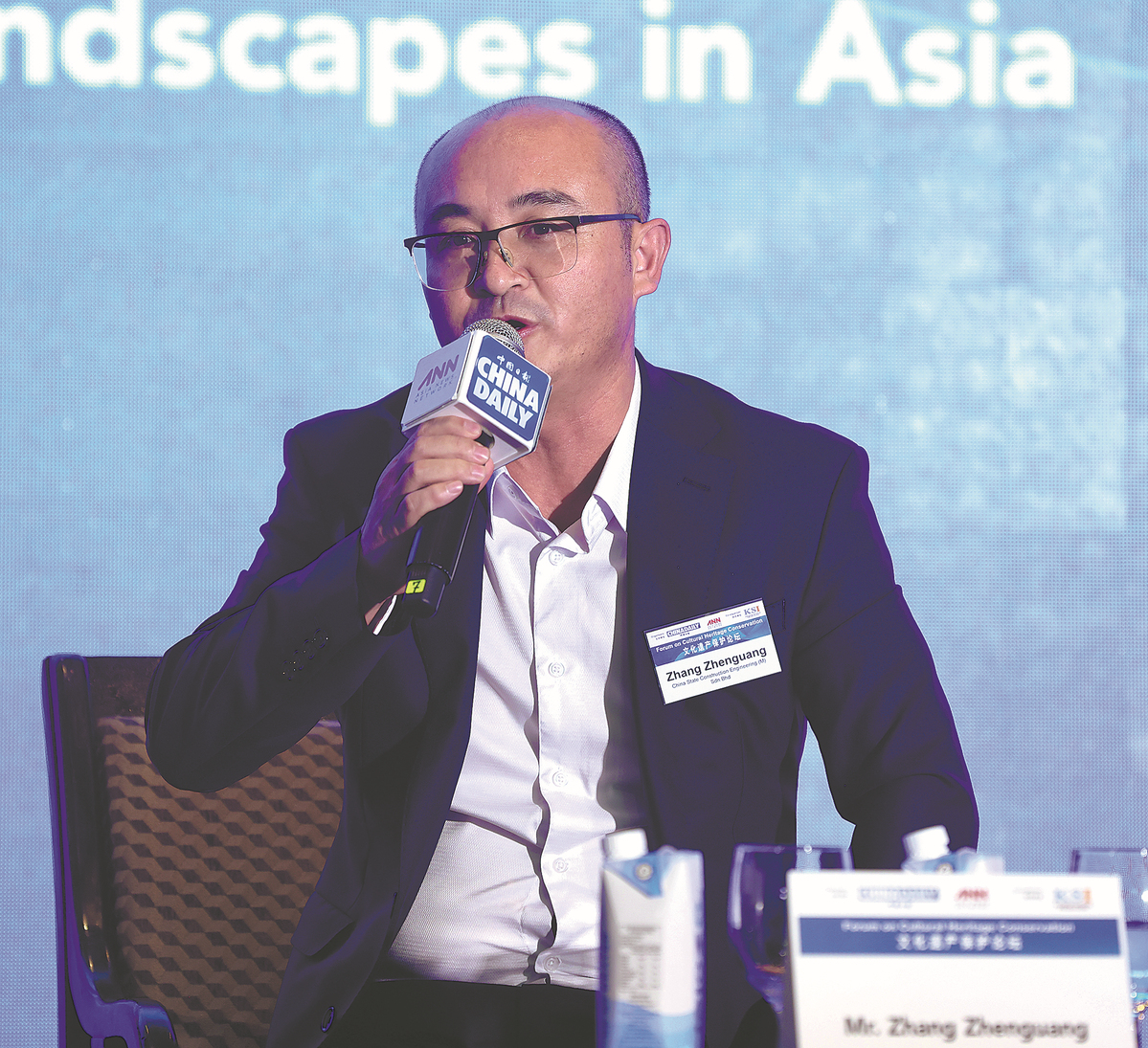
Zhang Zhenguang, managing director of China State Construction Engineering (M) Sdn Bhd — a subsidiary of the China State Construction Engineering Corporation — emphasized that preserving cultural heritage is also a shared responsibility of the corporate sector, especially for a Fortune Global 500 company like the CSCEC, which has offices in more than 130 countries and regions.


